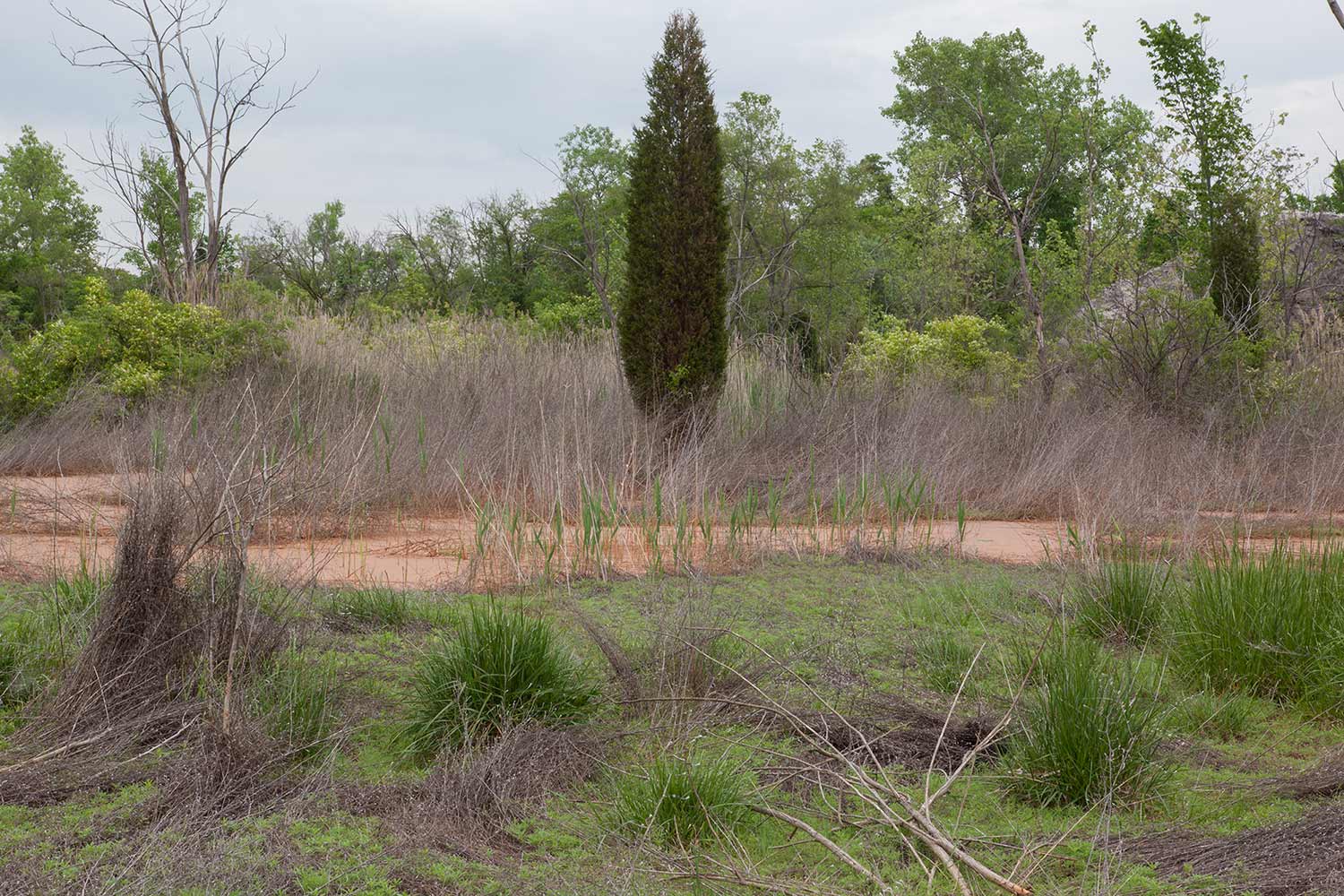

Tucked along the end of the industrial corridor of East St Louis-between Bond and Missouri Avenues-are the remains of the Aluminum Ore Company factory and it's associated town-Alorton. Between 1902 and 1939 this factory held a monopoly on the North American continent for the preliminary refining of bauxite ore into alumina, and during this period this East St. Louis plant (once the largest employer in the city) produced every ounce of aluminum in the country. While there is little to distinguish the existing town from surrounding communities, it remains a distinct municipality within an already fractured municipal landscape. Like many of the industrial towns in the region, Alorton was incorporated as a distinct municipality in order to more completely control nuisance laws as well as to distinguish it from the already troubled associations with East St Louis. Yet despite these origins, in 2014 a prominent business magazine dubbed Alorton "The Most Corrupt Village in America", with both the Mayor and Police Chief serving jail time for a variety of misconduct.
To the North East of Missouri Avenue, across from the Metro East and Fluoride Industrial park, are the vast settling ponds of the former factory. To the south of town are the community of Centreville and the huge rail-yards of the Alton & Southern Railway Co.-by far the regions largest switching yard. Originating in this yard is the so-called 'Black Bridge'-named because of both the hulking black trusses of its overhead viaduct as well as its de-facto boundary to black-migration from the south-which feeds the slender MacArthur railway bridge across the Mississippi River into downtown St. Louis.